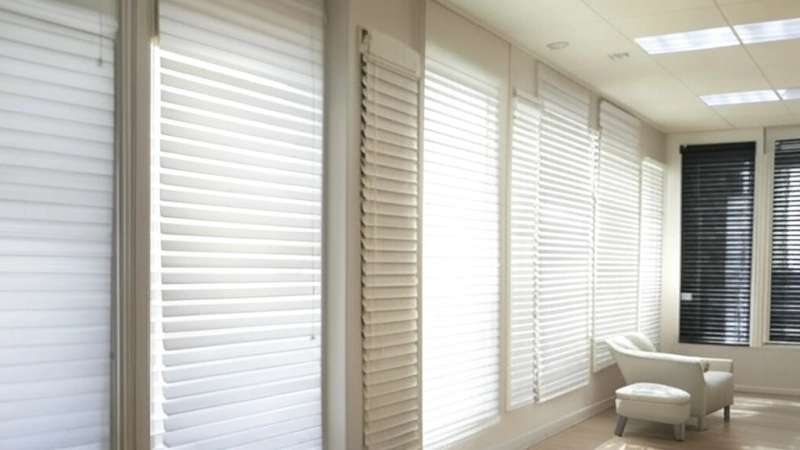
Before buying blinds, there are several key factors to consider to ensure you make the right choice for your space, budget, and lifestyle. Here’s a breakdown of the most important things people should know:
1. Purpose and Functionality
Light Control: Decide how much light you want to filter or block. Options like blackout blinds are ideal for bedrooms, while light-filtering blinds suit living areas.
Privacy: Consider how much visibility you want to block from the outside, especially for ground-floor rooms or homes near neighbors.
Temperature Regulation: Some blinds (e.g., cellular or insulated ones) can help with energy efficiency by keeping heat in during winter or out during summer.
2. Types of Blinds
- Venetian: Horizontal slats (wood, aluminum, or PVC) that tilt for light control.
- Vertical: Great for sliding doors or large windows, with slats that slide and tilt.
- Roller: Simple, sleek, and available in various opacities.
- Roman: Fabric blinds that fold up, offering a softer aesthetic.
- Cellular (Honeycomb): Unique cell structure traps air, good for insulation.
- Pleated: Similar to cellular but without the air-trapping cells.
Understand which type fits your room’s style and practical needs.
3. Measurement and Fit
Inside vs. Outside Mount: Inside mount fits within the window frame for a clean look; outside mount covers beyond the frame, better for light blocking.
Accurate Measurements: Measure width and height precisely—windows aren’t always perfectly square. Many retailers offer guides, or you can hire a professional. View our Measuring guide here >
Custom vs. Ready-Made: Custom blinds fit perfectly but cost more; ready-made are cheaper but may need trimming.
4. Material Choices
Wood: Elegant but prone to warping in humid areas like bathrooms. View our wood blinds >
Faux Wood: Durable, moisture-resistant, and budget-friendly. View our plaswood blinds >
Aluminum: Lightweight, modern, and affordable but can bend easily. View our aluminium blinds >
Fabric: Softens a room but may fade or stain over time. View our roller blinds >
Consider your room’s humidity, sunlight exposure, and maintenance preferences.
5. Operation and Safety
Some blinds are less suitabltable for environments with small children or pets due to safety and breakage concerns.
6. Budget
Custom made blinds are made according to your exact measurements. Readymade blinds may be cheaper but they may not fit properly and won’t last as long.
Factor in installation costs if you’re not DIY-ing.
7. Aesthetics
Match blinds to your decor—neutral colors are versatile, while bold hues or patterns make a statement.
Consider slat size (e.g.25mm vs. 50mm) for proportion with your window.
8. Durability and Maintenance
Check how easy they are to clean—dust collects on slats, and fabric blinds may need special care.
Ask about warranties and guarantees. Blinds online has a factory warrantee and our RightFit Gauarantee. View our guarantees page >
9. Installation
DIY is doable with basic tools (drill, level, screwdriver), but tricky windows (e.g., odd shapes or high placements) might need pros.
View our blinds Instalation Guide >
10. Return Policies and Samples
Blinds look different in person than online. Order samples if possible
We offer free samples couriered to you. Order free samples here >
Confirm return options, especially for custom orders, which often aren’t refundable.
Bonus Tip:
If you’re unsure, start with one window to test a style or brand before committing to a whole house. Blinds are a long-term investment, so prioritize what balances function, style, and cost for you.
